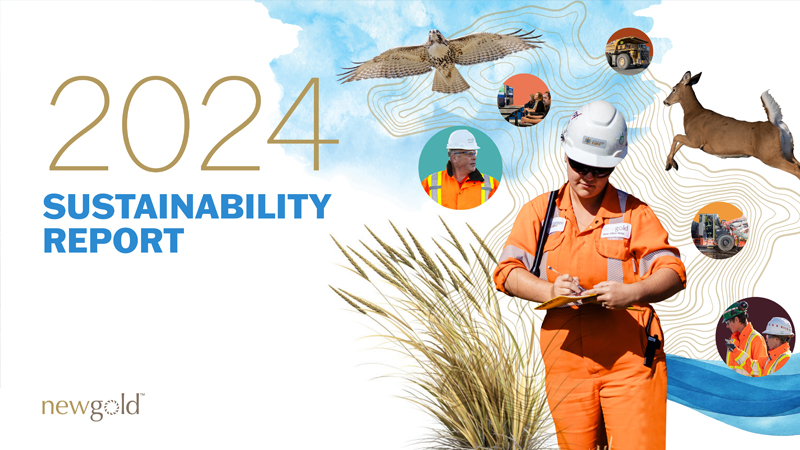
Sustainability
New Gold’s approach to sustainability is rooted in our Mission and Core Values. We recognize our responsibility to the communities in which we operate and are driven to create enduring value for our community partners and stakeholders. New Gold is committed to responsible sustainability practices that demonstrate care for the environment and build a better future for our employees, stakeholders and partners.

